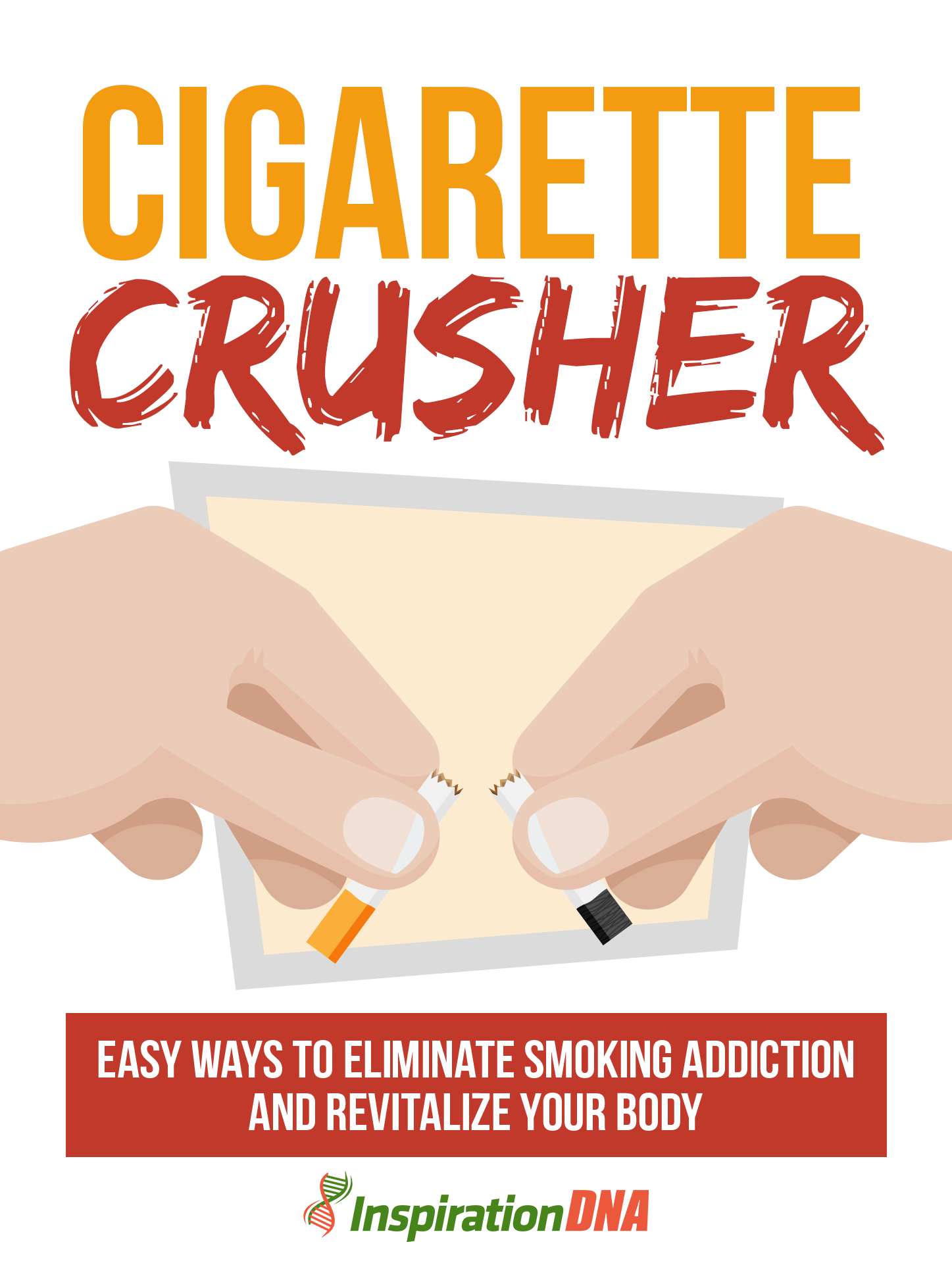
Stop smoking now - quit smoking
Title: Your Complete Guide to Quitting Smoking: Tips, Methods, and Timeline
Are you ready to reclaim your health and break free from the chains of smoking? You're not alone. Millions of people worldwide are on the journey to quit smoking and embrace a healthier lifestyle. In this comprehensive guide, we'll delve into everything you need to know about quitting smoking, from understanding what smoking is to practical tips on how to quit and the timeline for success.
### Understanding Smoking: What is it?
Smoking is the act of inhaling and exhaling the smoke of burning tobacco or other substances. This habit exposes the body to numerous harmful chemicals, including nicotine, tar, and carbon monoxide. Nicotine, in particular, is highly addictive, making it challenging for smokers to quit.
### The Effects of Smoking: Why Quit?
The effects of smoking on health are well-documented. From respiratory issues to cardiovascular diseases, smoking can significantly increase the risk of various health conditions. Moreover, it not only harms the smoker but also endangers the health of those exposed to secondhand smoke. Quitting smoking can lead to immediate and long-term health benefits, including improved lung function, reduced risk of cancer, and a longer life expectancy.
### How to Quit Smoking: Practical Tips and Methods
#### 1. Set a Quit Date:
Choose a specific date to quit smoking and mark it on your calendar. Having a clear target date can help you mentally prepare for the journey ahead.
#### 2. Seek Support:
Don't hesitate to reach out to friends, family, or support groups for encouragement and accountability. Having a strong support system can make a significant difference in your quitting journey.
#### 3. Consider Nicotine Replacement Therapy (NRT):
Nicotine replacement therapies, such as nicotine patches, gum, or lozenges, can help alleviate withdrawal symptoms and cravings as you gradually reduce your nicotine intake.
#### 4. Explore Behavioral Therapies:
Behavioral therapies, like counseling or support groups, can provide valuable tools and strategies to cope with triggers and cravings effectively.
#### 5. Stay Active:
Engage in regular physical activity to distract yourself from cravings and reduce stress. Exercise can also boost your mood and overall well-being.
### Timeline for Quitting Smoking: How Long Does it Take?
The timeline for quitting smoking varies from person to person. Withdrawal symptoms typically peak within the first week of quitting and gradually subside over time. Here's a general overview:
- **First 20 Minutes:** Blood pressure and heart rate begin to normalize.
- **First 8 Hours:** Carbon monoxide levels in the blood drop, allowing oxygen levels to return to normal.
- **First 48 Hours:** Sense of taste and smell improve as nerve endings start to regenerate.
- **First 72 Hours:** Breathing becomes easier as lung function improves.
- **First 2 Weeks to 3 Months:** Circulation improves, and lung function continues to increase.
- **First 1 to 9 Months:** Coughing and shortness of breath decrease, and overall energy levels increase.
- **After 1 Year:** Risk of heart disease is halved compared to a smoker.
- **After 5 Years:** Risk of stroke is reduced to that of a non-smoker.
- **After 10 Years:** Risk of lung cancer is halved compared to a smoker.
### Conclusion: You Can Stop Smoking
Quitting smoking is a journey that requires commitment, patience, and support. By understanding what smoking is, the effects it has on your health, and practical tips on how to quit, you can embark on a path towards a smoke-free life. Remember, it's never too late to quit, and every step you take towards quitting smoking brings you closer to a healthier, happier you.

